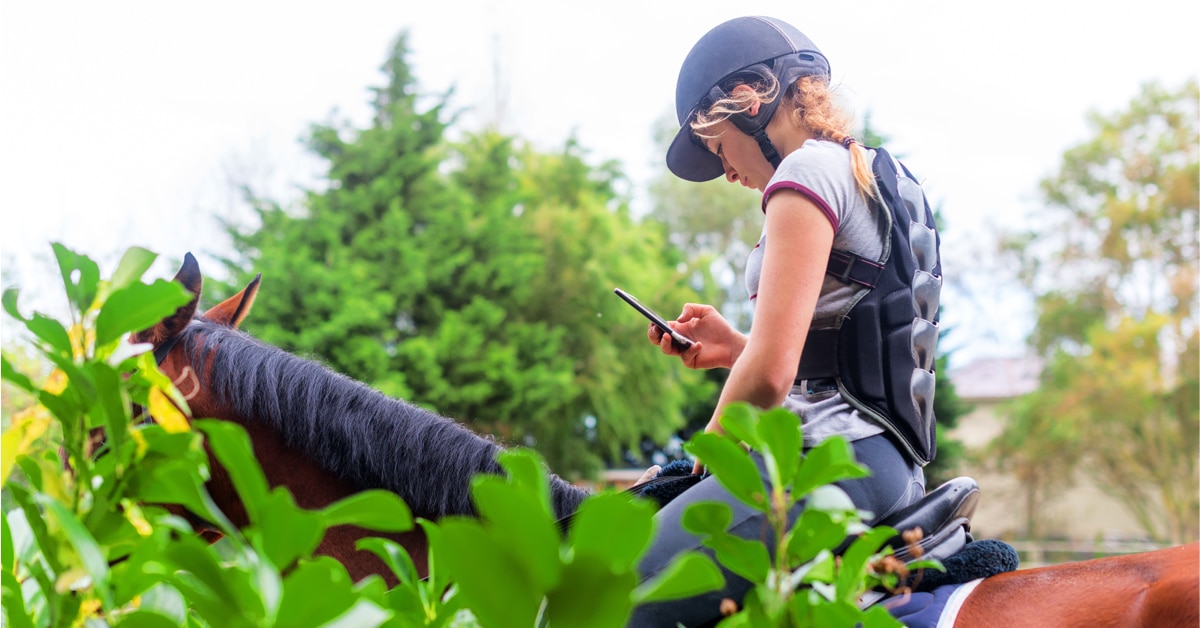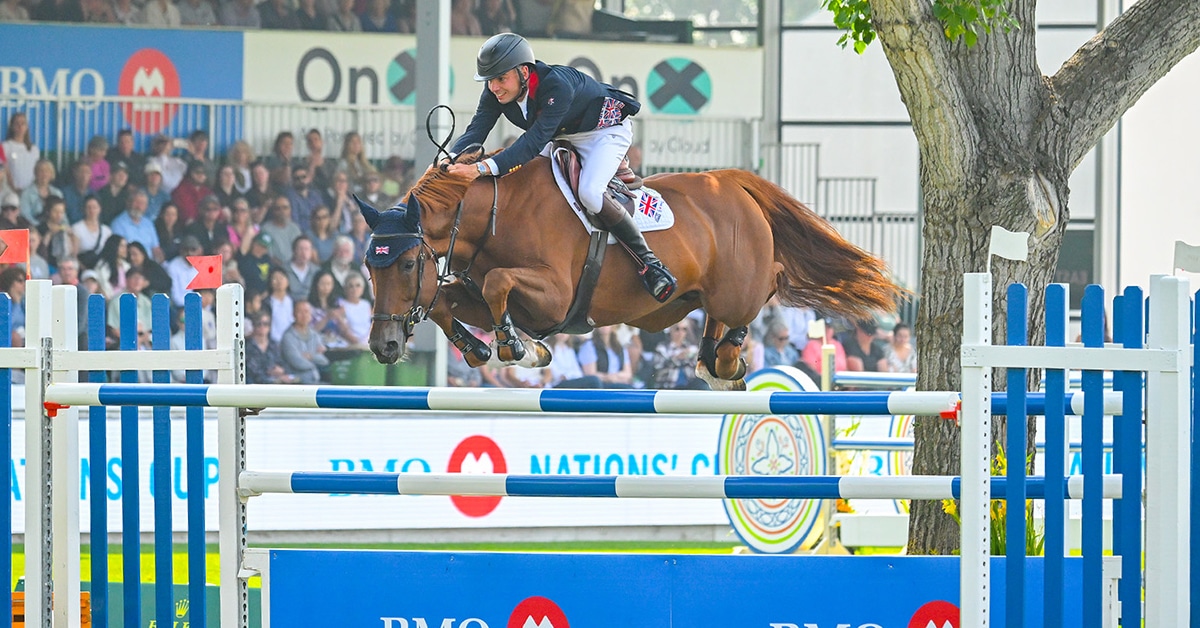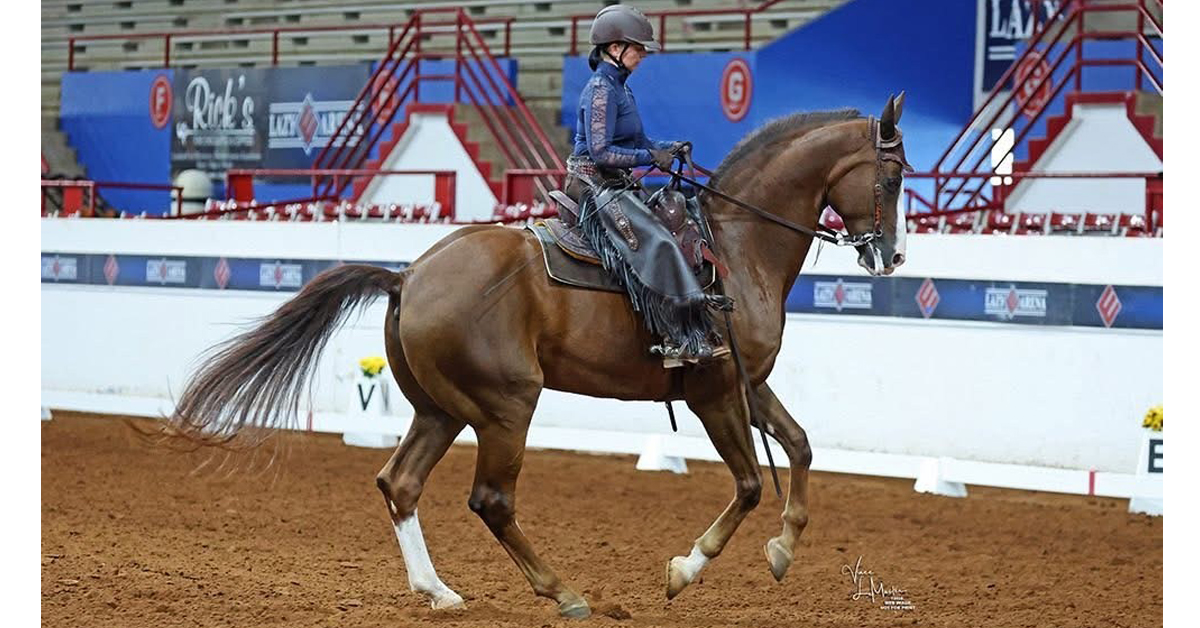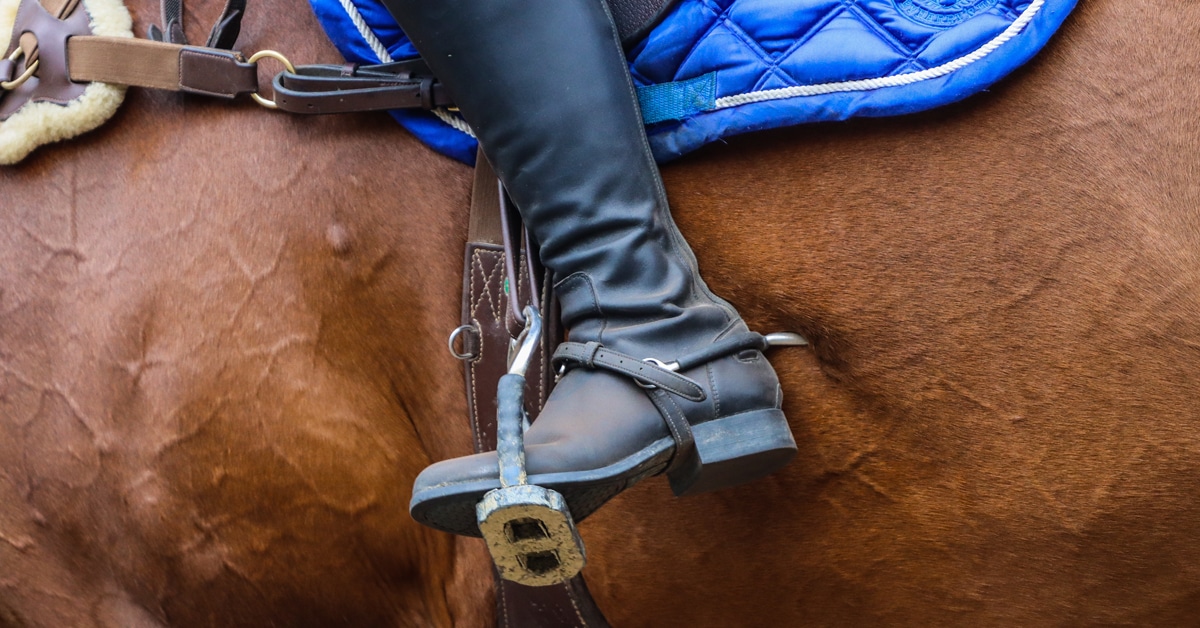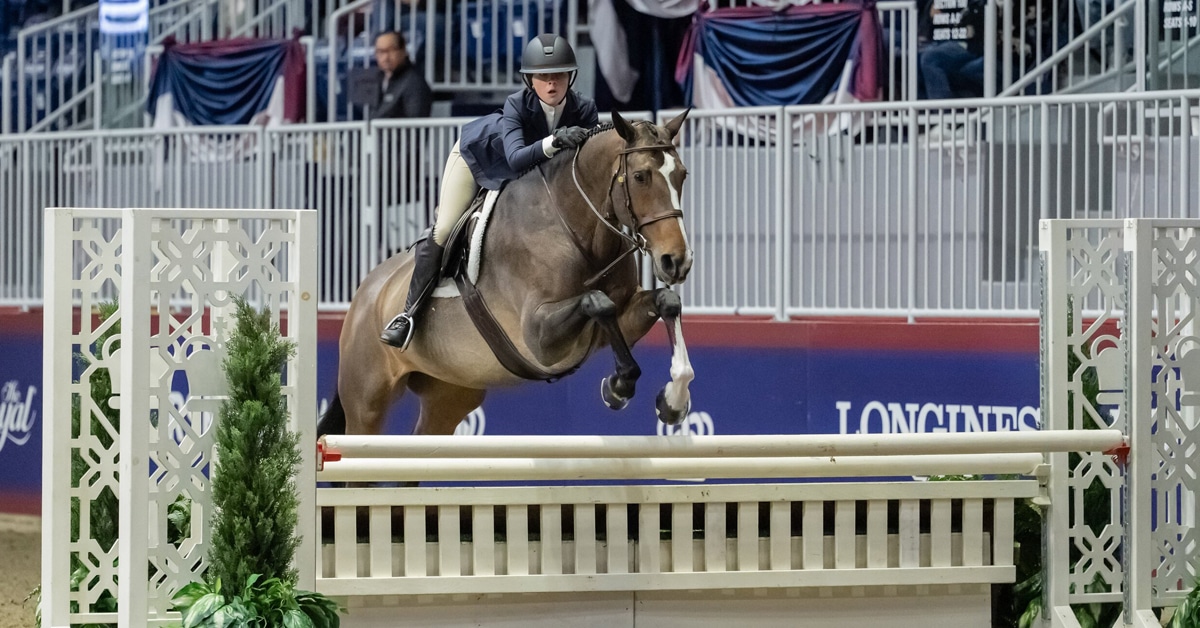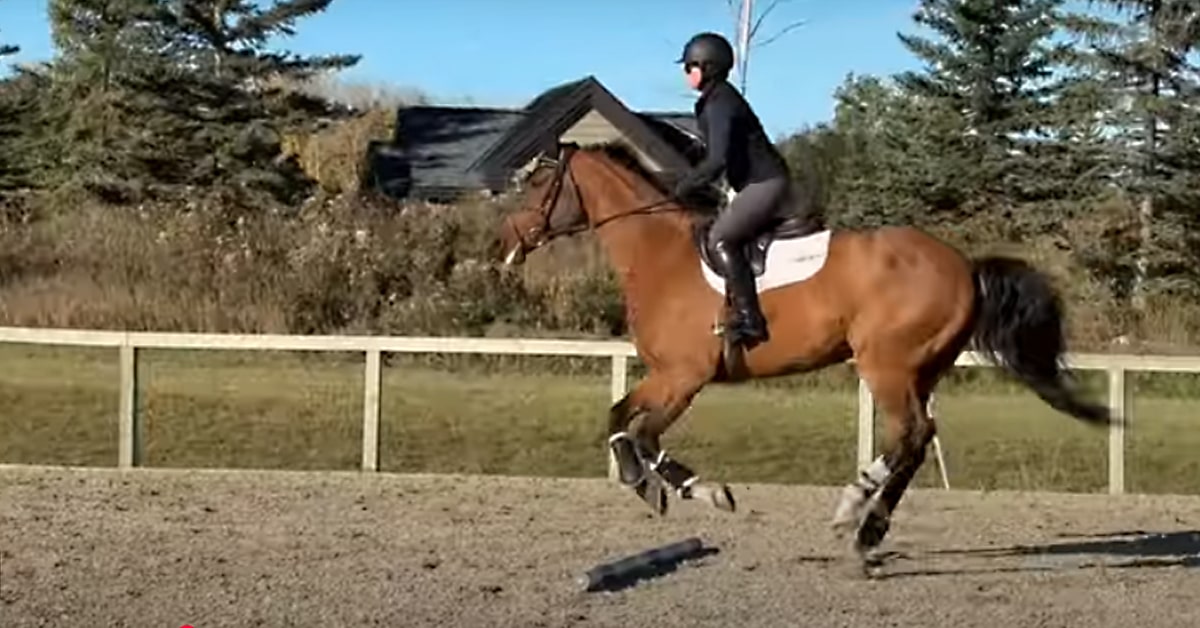The Bromont Equestrian Park, the famed site of equestrian sports during the 1976 Olympics, has begun a fresh chapter with a group of new owners who are making plans to upgrade and modernize the facility.
Home to major international equestrian events annually in eventing, show jumping, and dressage, the park is comprised of two main properties covering over 100 acres. The city of Bromont continues to own 70 acres of land that has been designated for equestrian use and where the cross-country portion of the MARS Bromont CCI 4* is held. The other 30-acre parcel was owned by the Shefford County Agricultural Society (SACS) but was purchased by the new owners and includes the barns, office, parking, and dressage and jumping arenas.
The new group of six partners are all neighbours in the area. They are led by Michael O’Keeffe, an Australian miner who moved to Montreal seven years ago and is now the executive chairman of Champion Iron. O’Keeffe and his wife, Veronica King, have a country home that overlooks the venue and their son, Jack, rides hunters. O’Keeffe is joined by Sam El-Chaer, a senior investment advisor whose wife, Natasha, competes in the 1.30m jumpers and whose two children, Jean-Pierre and Anastasia, also both ride. Derek Head is also an investment advisor with a side business of customizing cars and building Café Racer e-bikes. Roger Deslauriers, who has been operating the facility for decades, also has an ownership stake along with two other partners who wish to remain anonymous.
The group views this as an opportunity to give back to the country and community that has given them so much and are keen to see the venue revitalized and saved from development.
“Everyone in our group has an interest because it’s in our neighbourhood,” said O’Keeffe. “We sat back and looked at it and said it’s such a magnificent place and facility, what’s going to happen? This is going to get developed into housing and what a shame for the people of Quebec and the community of Bromont. Just think of how much money it would cost to try and build something like this from scratch now. Nothing has really been done to the site since the Olympics, and the previous owners had so many issues you couldn’t see what this place was meant to be, and that is to become a place of excellence.“
Indeed, SACS has been plagued with significant debt for years and had been unable to execute planned upgrades. The site was to have hosted the 2018 World Equestrian Games, but the organizers were unable to secure funding to make the necessary improvements and the event was ultimately moved to Tryon, North Carolina.
The new owners have a two-phase approach to the improvements they would like to make. Although they have only just purchased the facility at the end of April, their $4 million budget for phase one has already been used to significantly improve the footing in the National ring.
“The number one step for us is to bring it up to good standards so people want to come and there are good facilities for the public and for the riders,” said O’Keeffe, who thinks that this phase will take two to three years to complete. “We have to redo all the stalls to meet international standards. We are going to add plumbing so we can have permanent toilets and create a gathering area with a restaurant and some seats. We also want to work on the hunter rings to fix up the footing there.”
The idea is that the venue upgrades will attract more people, which will encourage more participation which will lead to greater investment to further improve the facility.
“That’s what will encourage the public to come,” explained O’Keeffe. “Then they bring their children who see the horses and then they want to start riding. If you don’t create the right environment, you really can’t attract the people. We have to develop that first.”
Phase two is even more ambitious and exciting.
“It’s about making this an equestrian place of excellence,” said O’Keeffe. “Our dream is to have an all-year venue, which means an indoor facility. That’s a big ask because you are talking about tens of millions of dollars.”
While it’s common for other sports to have a central training centre for athletes, equestrian sport doesn’t yet have one in Canada. The legacy of the 2018 WEGs was to have created such a facility at the Bromont Park, but the organizers’ business plan did not inspire the federal government enough to provide financial support.
“We want this to be a destination that people know about,” added O’Keefe of the plans that will draw tourists to the charming town popular for biking and hiking in the summer and skiing in the winter. “That means a lot of work in not only fixing this place up, but to raise public awareness of what’s happening here. Honestly, though, everywhere we look we see opportunity.”
The Latest
